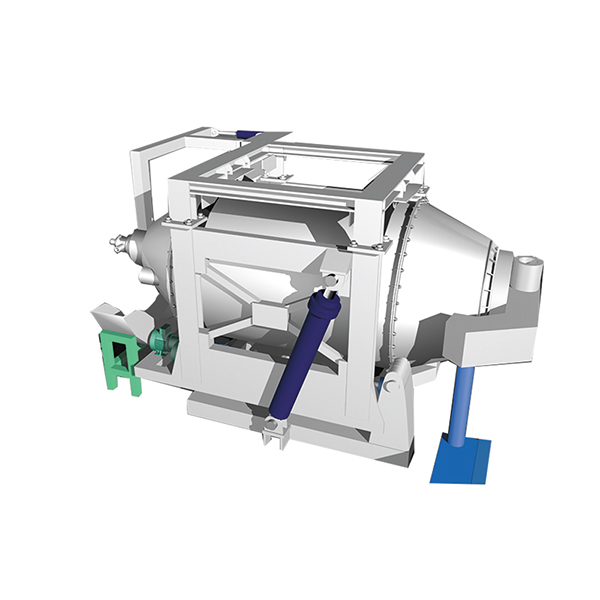NEWS&EVENTS
Home > News&Events > Company news > Technical route for waste gas treatment of antimony rotary furnace
The treatment of waste gas from the antimony rotary furnace is the key to ensuring environmental protection and sustainable production in antimony ore processing. For the high-temperature flue gas generated by smelting, the treatment technology needs to be designed in combination with the characteristics of the flue gas and environmental protection requirements.

The high-temperature flue gas discharged from the rotary furnace reaches 600-800℃, containing unreacted antimony oxides, sulfur dioxide, dust and a small amount of heavy metals. It first enters the waste heat recovery device, and the temperature drops to 200-300℃. The recovered heat energy is used to preheat the combustion air or produce steam to avoid thermal shock and extend the life of the equipment.
The cooled flue gas enters the high-efficiency dust removal system, which can be a bag filter or an electrostatic precipitator. The filter bag of the bag filter is made of high-temperature and corrosion-resistant polyphenylene sulfide (PPS) or polytetrafluoroethylene (PTFE) composite filter material, which can intercept more than 99% of dust particles; the electrostatic precipitator uses a high-voltage electric field to capture dust, with a large air volume and low resistance, but the efficiency of capturing fine dust is slightly low. Single or combined dust removal technology can be selected according to actual conditions.
After dust removal, the flue gas contains a certain concentration of sulfur dioxide. Since the concentration of sulfur dioxide in antimony smelting flue gas is low, wet desulfurization technologies such as limestone-gypsum method or ammonia desulfurization can be used to reduce the sulfur dioxide concentration to below 50mg/m³.
For trace heavy metals in flue gas, an activated carbon adsorption tower is added after desulfurization to capture heavy metals and harmful substances such as dioxins, and saturated activated carbon is safely disposed of as hazardous waste.
The treated flue gas is sent to the chimney through the induced draft fan for discharge. An online monitoring system is installed at the chimney entrance to upload data to the environmental protection supervision platform in real time, and the equipment is maintained regularly. Intelligent control technology can also be introduced to achieve precise control and optimized operation.
In short, the waste gas treatment of antimony rotary furnace covers waste heat recovery, dust removal, desulfurization, heavy metal adsorption and online monitoring. Scientific and reasonable technical selection and system design can reduce pollutant emissions and achieve green and sustainable development.